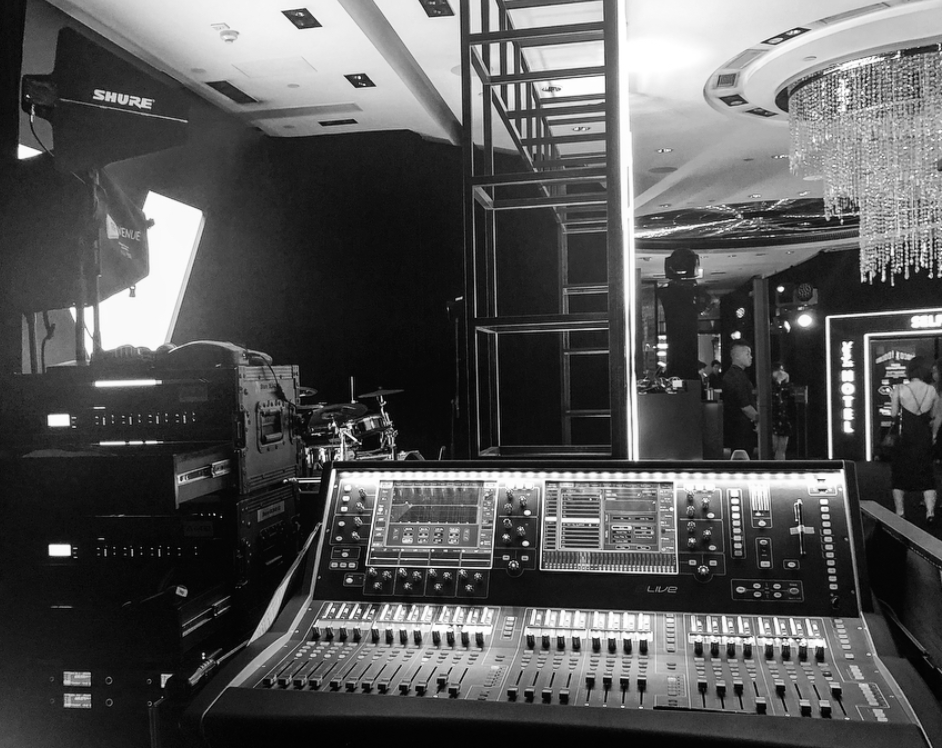


No other colours are permitted except on emergency vehicles. With some regional exceptions, lamps facing rearward must emit red light, lamps facing sideward and all turn signals must emit amber light, while lamps facing frontward must emit white or selective yellow light.

It was first codified in the 1949 Geneva Convention on Road Traffic and later specified in the 1968 United Nations Vienna Convention on Road Traffic. The colour of light emitted by vehicle lights is largely standardised by longstanding convention. LED headlamps were introduced in the first decade of the 21st century. In 1993, the first LED tail lamps were installed on mass-production automobiles. HID headlamps were produced starting in 1991.

Halogen headlamp light sources were developed in Europe in 1960. By 1945 headlamps and signal lamps were integrated into the body styling. Self-cancelling turn signals were developed in 1940. The sealed beam headlamp was introduced in 1936 and standardised as the only acceptable type in the US in 1940. Tail lamps and brake lamps were introduced around 1915, and by 1919 "dip" headlamps were available. She did not patent these inventions, however, and as a result she received no credit for-or profit from-either one. Silent film star Florence Lawrence is often credited with designing the first "auto signaling arm", a predecessor to the modern turn signal, along with the first mechanical brake signal. Dynamos for automobile headlamps were first fitted around 1908 and became commonplace in 1920s automobiles. It did not have all-electric lighting as a standard feature until several years after introduction. The Ford Model T used carbide lamps for headlamps and oil lamps for tail lamps.


 0 kommentar(er)
0 kommentar(er)
